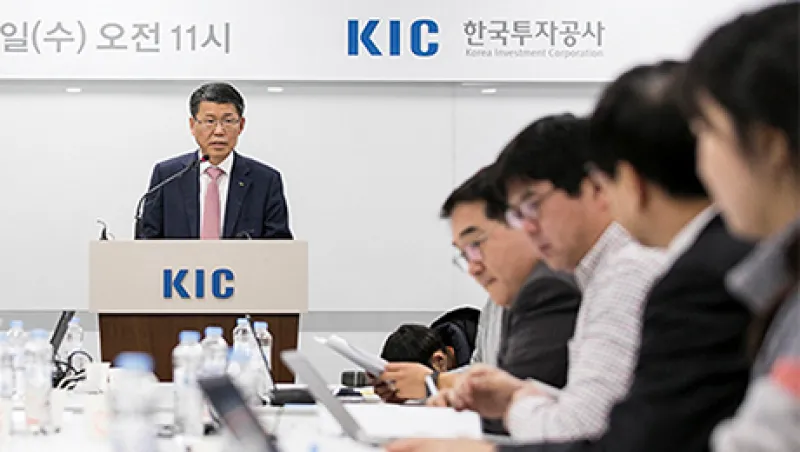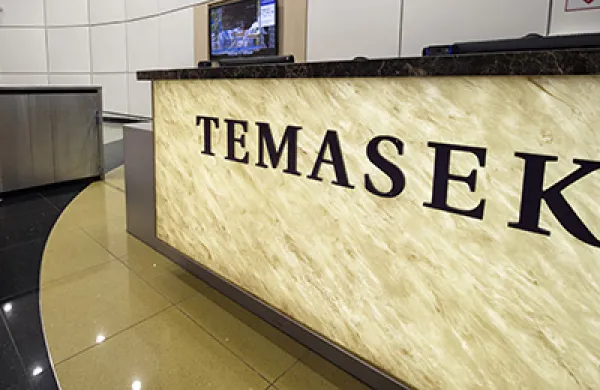Large institutional investors in Asia are ramping up private equity co-investments to lower risk by pairing up with experienced players, according to a new report.
Sovereign wealth funds, in particular, have been more open to deals to co-invest in private equity, real estate, and infrastructure than have state pension funds, according to the report, published by research and consulting firm Cerulli. As sovereign wealth fund portfolios diversify toward foreign and alternative investments, some are tolerating more risk to achieve returns, Cerulli says.
Korea’s sovereign wealth fund, the Korea Investment Corporation, sought co-investment opportunities even before alternative investments were a growing trend in the region. In March 2015, KIC paired with Busan Port Authority, which operates maritime and seaport trade in Korea, to co-invest in infrastructure. The fund, which had assets equivalent to $91.8 billion at the end of 2015, also secured partnerships with Korea Development Bank and Korean Teachers’ Credit Union in recent years.
Co-investment, in which institutions invest in companies or other investments alongside their external asset managers, is often a suitable option for institutions that do not have the staff to make direct private equity investments, said Barbara Wall, Cerulli’s Europe managing director, in the report. “However, it needs to be remembered that successful co-investing does require general- partner-like knowledge,” she added.
While KIC pursued co-investment early on, two of Asia’s most active institutions in the strategy are Singapore’s two sovereign wealth funds — GIC and Temasek. GIC has been a “trailblazer” in sourcing deals, Cerulli says, and is also pursuing more complex investments. “Its years of investment experience and own investment teams have given it confidence to invest by itself, or co-invest when the stakes are high,” Cerulli wrote.
In 2013, the fund introduced a framework that allowed it to take a more active approach to investments. GIC in February was reported to be in discussions along with private equity managers KKR, CVC Capital Partners, and Ardian to acquire a stake in Telxius, a subsidiary of Spanish telecommunications company Telefonica.
Temasek, despite preferring direct investment, also launched a co-investment vehicle called Astrea II in 2014. Temasek owned 38 percent of the vehicle and had holdings in 36 private equity funds at the time of the launch, according to the report.
Chinese state institutions are expected to pursue more public-private partnerships and co-investments in the near future, Cerulli said. The China Investment Corporation created a real estate department in 2015; its most recent investments have been in infrastructure. Last year, CIC began a joint investment in the Port of Melbourne along with Australia’s Future Fund and several other partners. Its previous joint infrastructure investments included one in Turkey.
Co-investments among Asian institutions can be expected to increase as funds try to alleviate cost pressures. But as these investors strengthen their capabilities and expertise, co-investment will eventually fall out of favor, Cerulli predicted.






